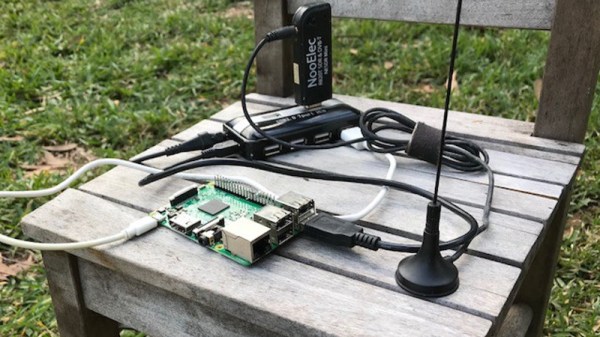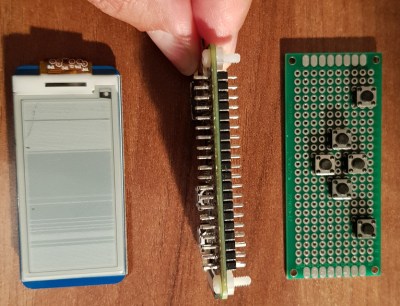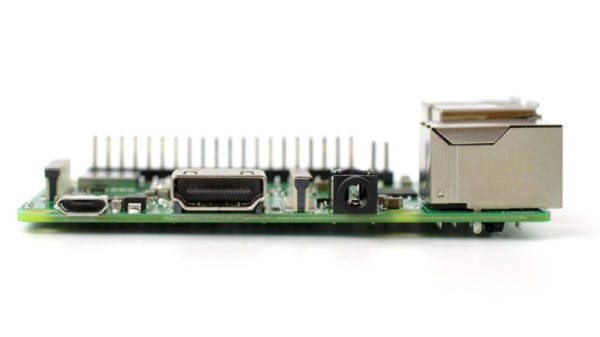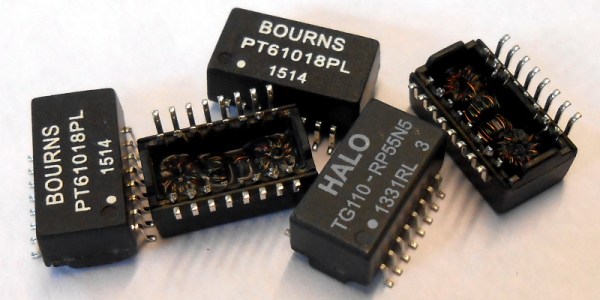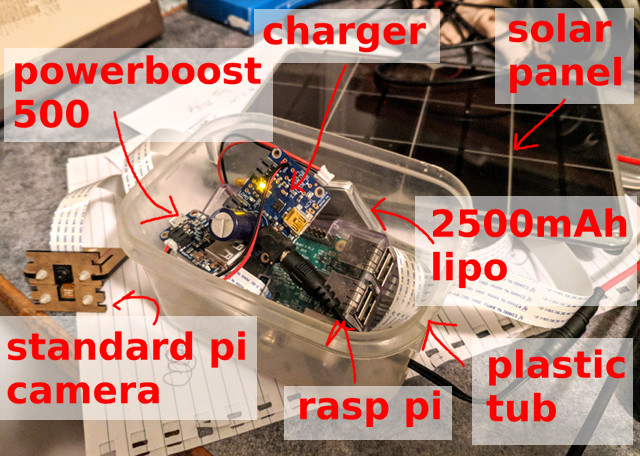Now that most of what we do revolves around our phones and/or the internet, it’s nearly impossible to take a short break from work to check the ol’ calendar without being lured by the sirens on the shore of social media. Well, [samvanhook] was tired of being drawn in when all he really needs is a vague idea of what’s coming up for him in the next 12 hours. Enter the CalClock.
Thanks to color-coded segments, [sam] can tell at a glance if he has something coming up soon in Google Calendar, or if he can dive back into work. When nothing is scheduled, the segments are simply unlit.
We love the mid-century minimal look and craftsmanship of CalClock. This beauty runs on a Raspi Zero W, which fetches the 411 through the gooCal API and lights up the appropriate NeoPixels arrayed behind standard clock movement-driven hands. [sam] could have diffused the NeoPixels with a single sheet of acrylic, but he went the extra mile to route and sand little acrylic ice cubes for all 24 segments.
Want more control of your day? [sam] took the time to upload both the clock face model and the code so you can. If you need help just getting started each day, check out this calendar-polling Raspi alarm clock.



